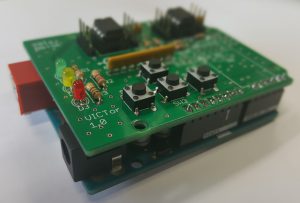Last week, we decided to take a look onto the EMET library provided by Microsoft. This library is intended to introduce several security features to applications which are not explicitly compiled to use them.
It also adds an additional layer to protect against typical exploiting techniques by filtering library calls, preventing usage of dangerous functions/components and inserting mitigation technologies.
As EMET is already a target for many researchers, we currently only started to get an overview of it’s structure and how the different components are interacting with each other. Today we would like to share some of our results with you.
Continue reading “Diving into EMET”
Continue reading